My Favourite Painting: Nicholas Lyons, Lord Mayor of London
Nicholas Lyons, Lord Mayor of London, chooses a dramatic and expressive post-war image.
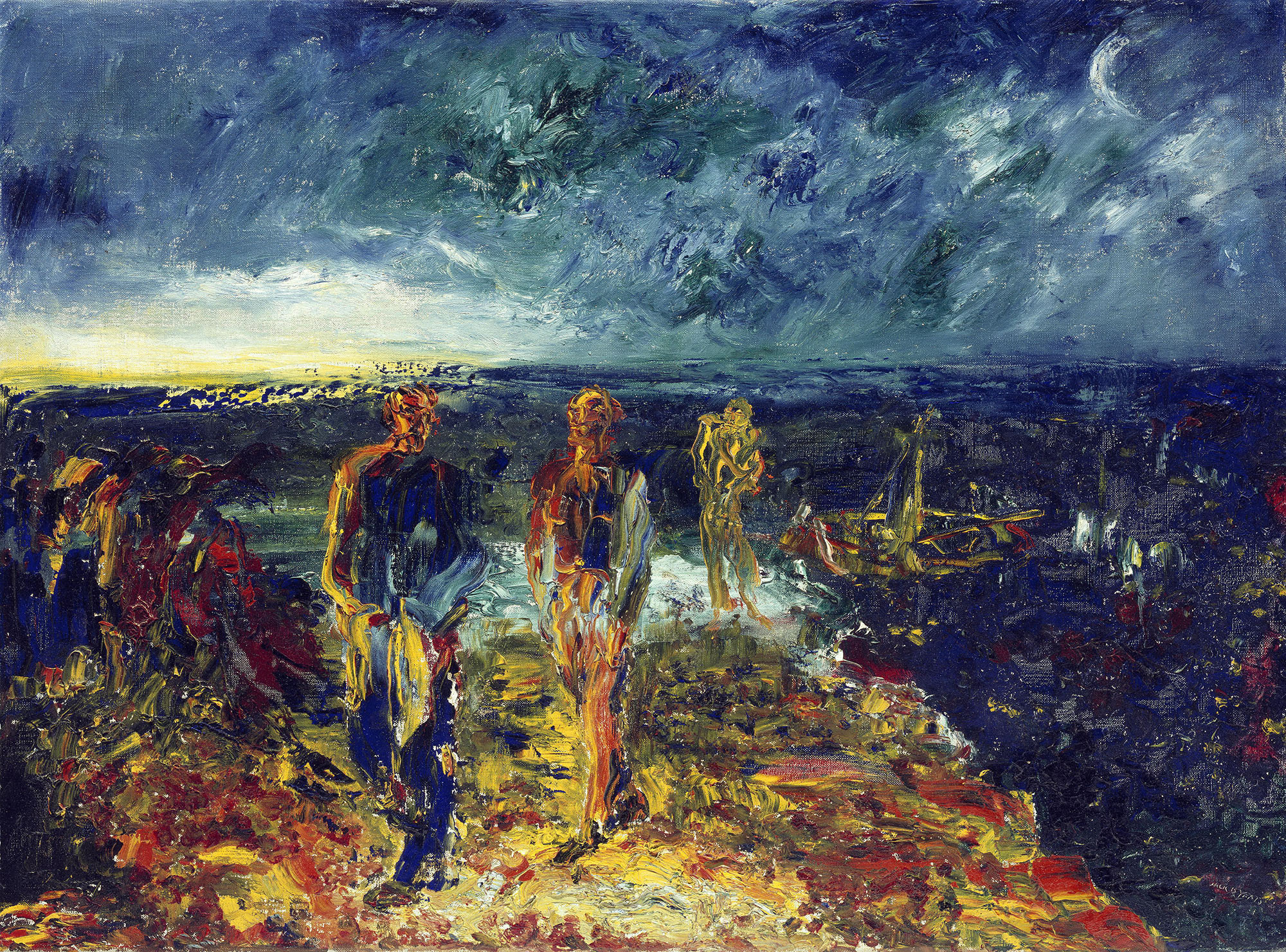
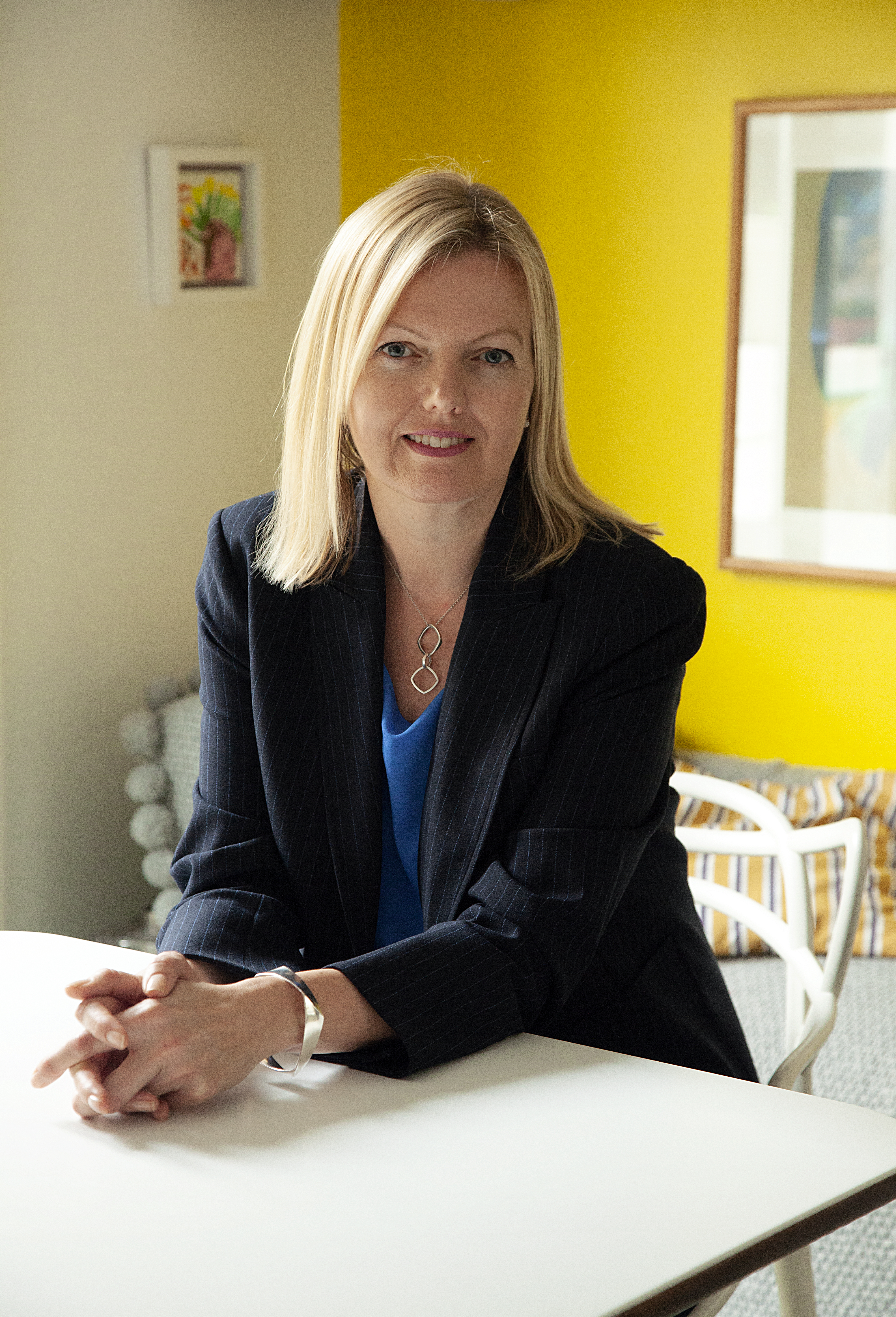
The Lord Mayor on his choice of Men of Destiny by Jack B. Yeats
‘Men of Destiny was painted in 1946, after the upheaval of a civil war and two World Wars. It is a brilliant example of the expressive, figurative style that epitomised the second, distinctive, phase of Jack’s creative life. The thickly applied paint in vibrant colours is mesmerising. The painting speaks of the nobility of the simple fishermen at Rosses Point, the glowering sky giving way to a sunlit horizon suggesting a more optimistic future.
‘It is particularly poignant to me as my father was writing the biography of Jack’s brother, William, when he died, unexpectedly, at the age of 59. I have fond memories of our occasional visits together to “Yeats Country”, Co Sligo, when he was doing his research.’
Nicholas Lyons is the Lord Mayor of London. On March 30, he will host the annual Lord Mayor’s Big Curry Lunch, which raises funds to support Armed Forces veterans finding employment. Tickets are on sale now.
Charlotte Mullins on Men of Destiny
In 1938, the poet Thomas MacGreevy wrote: ‘I do not think I am claiming too much for Jack Yeats when I say that nobody before him had juxtaposed landscape and figure without subduing the character of either.’ Men of Destiny exemplifies this, a powerful fusion of men, land and sea as if they are one living, breathing being. In a bravura piece of expressionism, Yeats’s men seem to grow out of the roiling sea at the land’s edge. They have been conjured by thick primary brushstrokes, early sunlight catching their faces and coat sleeves and streaking across the horizon below the turbulent sky.
Yeats was the younger brother of poet W. B. Yeats and son of the Victorian portrait painter John Butler Yeats. He grew up with his grandparents in the coastal town of Sligo in Ireland and early memories of fishermen and the mercurial sea would feed his art throughout his career. He lived through the protracted birth of the Republic of Ireland and this painting is often interpreted as referencing the Easter Rising. It marked the 30th anniversary of the event, its title recalling Eamon de Valera’s republican party Fianna Fáil (Soldiers of Destiny).
Yeats’s early muted realism gave way to a far looser style from the 1920s. His late works have a universal quality—it is as if these men stand in for all who would stop their work and fight for freedom. This painting was acquired by the National Gallery of Ireland four years before MacGreevy became director in 1950.
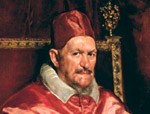
Stephen Fry’s favourite painting
Stephen Fry shares why he loves this famous Velázquez painting of Pope Innocent X
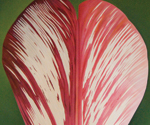
Jools Holland’s Favourite Painting
Jools Holland introduces his favourite painting – Tulip petal number 3
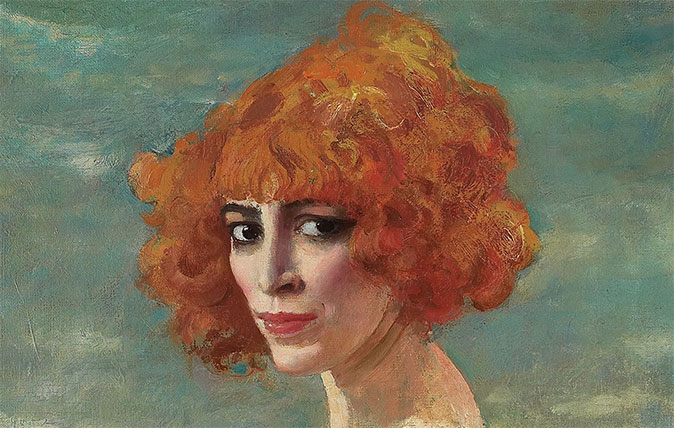
Credit: Bridgeman images
Sign up for the Country Life Newsletter
Exquisite houses, the beauty of Nature, and how to get the most from your life, straight to your inbox.
My favourite painting: Joanna Trollope
'It looks to me as if painter and subject were very well matched '
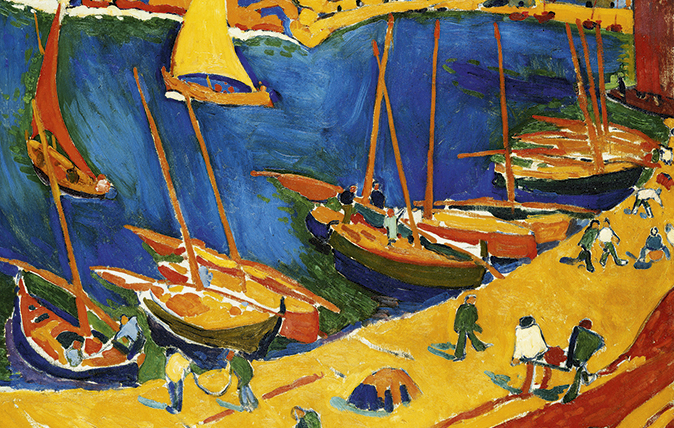
My favourite painting: Peter May
'Vividly coloured sailing boats in a harbour, which I gazed at for hours'
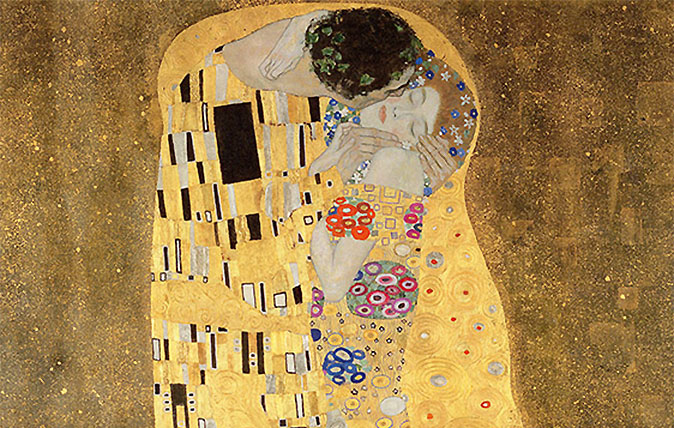
Credit: The Kiss - Gustav Klimt
My favourite painting: Danielle Steel
Danielle Steel, the world's top-selling fiction writer, admits that 'Klimt stole my heart' with this wonderful work.
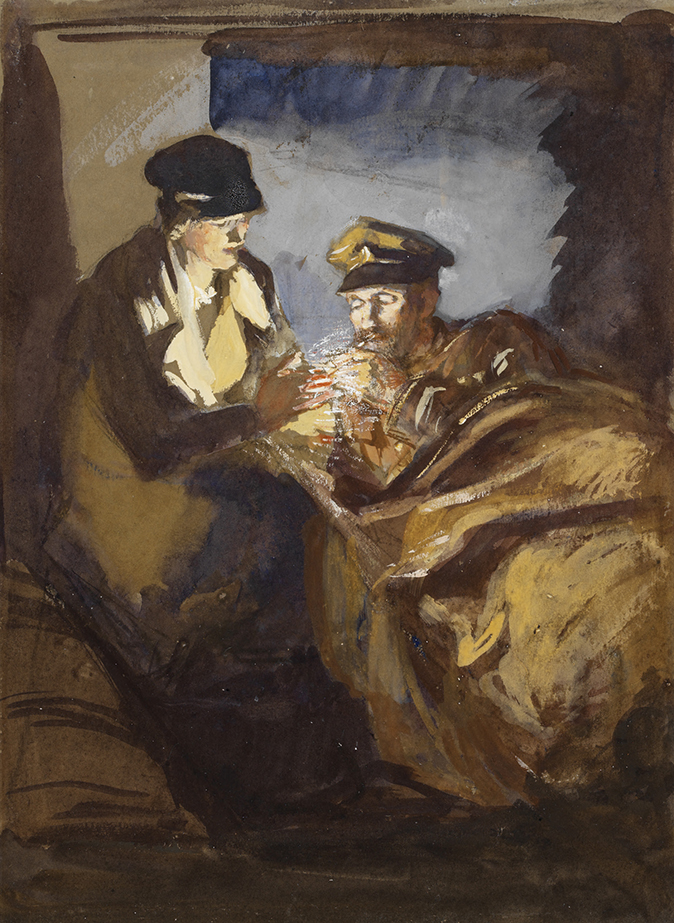
My favourite painting: Sue Laing
'This picture both reminds me of her and throws into sharp relief the extraordinary advances made in military medicine and
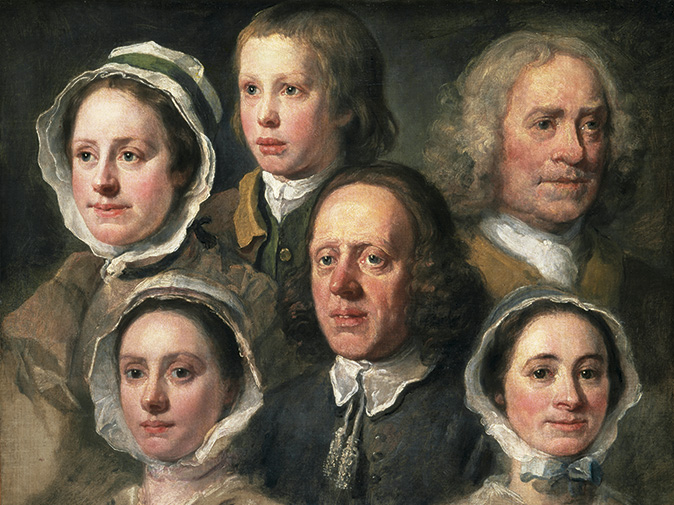
My favourite painting: Jenny Uglow
'This is a tribute to the dignity and inner lives of “ordinary” people, profound and tender at once.'

Charlotte Mullins is an art critic, writer and broadcaster. Her latest book, The Art Isles: A 15,000 year story of art in the British Isles, will be published by Yale University Press in October 2025.
-
 ‘It had the air of an ex-rental, and that’s putting it politely’: How an antique dealer transformed a run-down Georgian house in Chatham Dockyards
‘It had the air of an ex-rental, and that’s putting it politely’: How an antique dealer transformed a run-down Georgian house in Chatham DockyardsAn antique dealer with an eye for colour has rescued an 18th-century house from years of neglect with the help of the team at Mylands.
By Arabella Youens
-
 A home cinema, tasteful interiors and 65 acres of private parkland hidden in an unassuming lodge in Kent
A home cinema, tasteful interiors and 65 acres of private parkland hidden in an unassuming lodge in KentNorth Lodge near Tonbridge may seem relatively simple, but there is a lot more than what meets the eye.
By James Fisher
-
 'As a child I wanted to snuggle up with the dogs and be part of it': Alexia Robinson chooses her favourite painting
'As a child I wanted to snuggle up with the dogs and be part of it': Alexia Robinson chooses her favourite paintingAlexia Robinson, founder of Love British Food, chooses an Edwin Landseer classic.
By Charlotte Mullins
-
 The Pre-Raphaelite painter who swapped 'willowy, nubile women' for stained glass — and created some of the best examples in Britain
The Pre-Raphaelite painter who swapped 'willowy, nubile women' for stained glass — and created some of the best examples in BritainThe painter Edward Burne-Jones turned from paint to glass for much of his career. James Hughes, director of the Victorian Society, chooses a glass masterpiece by Burne-Jones as his favourite 'painting'.
By Charlotte Mullins
-
 'I can’t look away. I’m captivated': The painter who takes years over each portrait, with the only guarantee being that it won't look like the subject
'I can’t look away. I’m captivated': The painter who takes years over each portrait, with the only guarantee being that it won't look like the subjectFor Country Life's My Favourite Painting slot, the writer Emily Howes chooses a work by a daring and challenging artist: Frank Auerbach.
By Toby Keel
-
 My Favourite Painting: Rob Houchen
My Favourite Painting: Rob HouchenThe actor Rob Houchen chooses a bold and challenging Egon Schiele work.
By Charlotte Mullins
-
 My Favourite Painting: Jeremy Clarkson
My Favourite Painting: Jeremy Clarkson'That's why this is my favourite painting. Because it invites you to imagine'
By Charlotte Mullins
-
 The chair of the National Gallery names his favourite from among the 2,300 masterpieces — and it will come as a bit of a shock
The chair of the National Gallery names his favourite from among the 2,300 masterpieces — and it will come as a bit of a shockAs the National Gallery turns 200, the chair of its board of trustees, John Booth, chooses his favourite painting.
By Toby Keel
-
 'A wonderful reminder of what the countryside could and should be': The 200-year-old watercolour of a world fast disappearing
'A wonderful reminder of what the countryside could and should be': The 200-year-old watercolour of a world fast disappearingChristopher Price of the Rare Breed Survival Trust on the bucolic beauty of The Magic Apple Tree by Samuel Palmer, which he nominates as his favourite painting.
By Charlotte Mullins
-
 My favourite painting: Andrew Graham-Dixon
My favourite painting: Andrew Graham-Dixon'Lesson Number One: it’s the pictures that baffle and tantalise you that stay in the mind forever .'
By Country Life